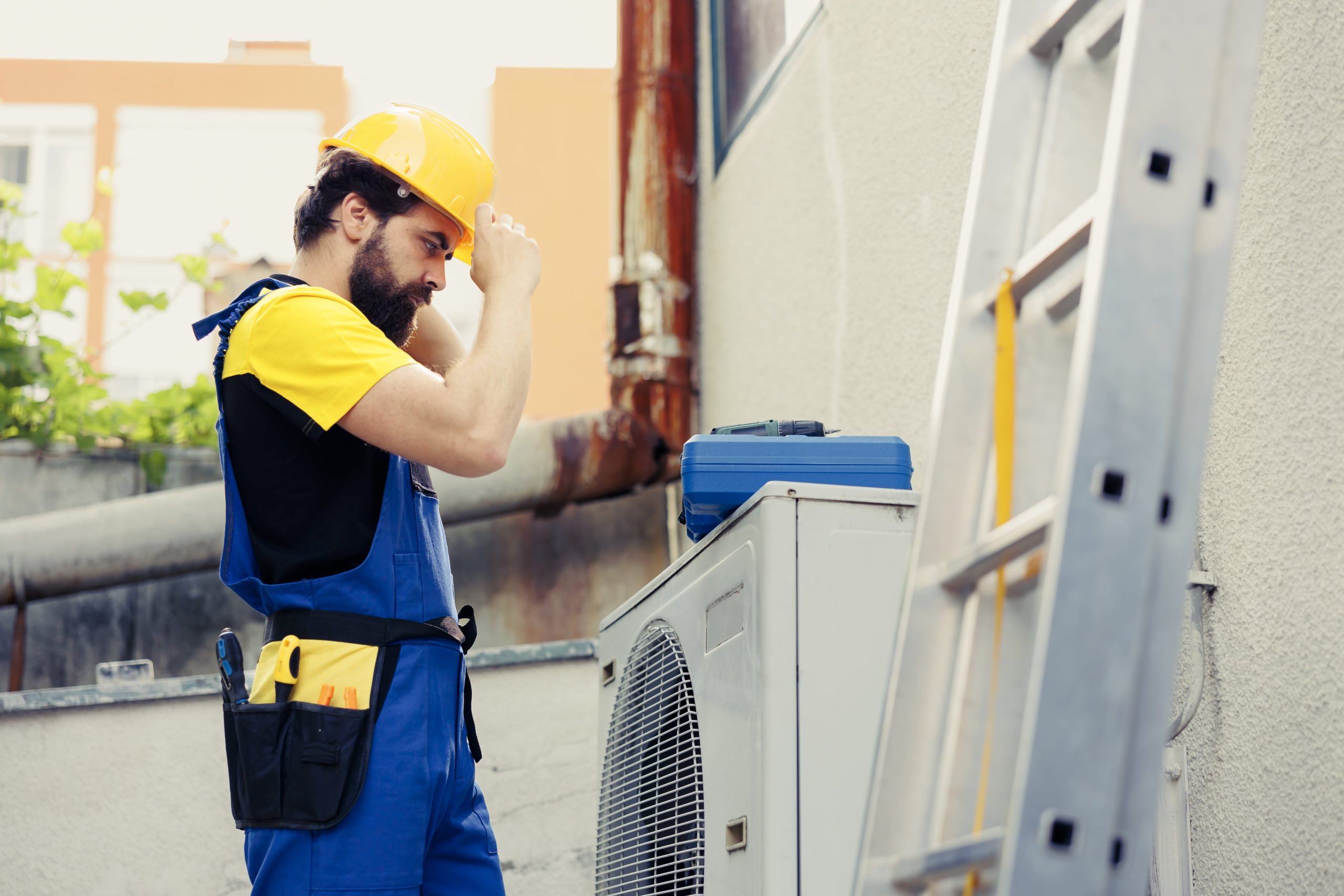Installing a new HVAC system is a significant investment in your home’s comfort and energy efficiency. Whether you’re replacing an old system or installing one for the first time, understanding the process can help ensure a smooth installation and optimal performance. This guide will walk you through the essential steps of HVAC installation. If you’re considering professional help, Fast AC Repair is a reliable service provider to consider.
1. Evaluate Your Home’s HVAC Needs
Before you begin the installation process, it’s crucial to assess your home’s specific heating and cooling requirements. Factors such as the size of your home, insulation quality, and climate will influence the type and size of the HVAC system you need. An undersized system will struggle to heat or cool your home effectively, while an oversized one will cycle on and off too frequently, leading to increased wear and tear.
Steps:
- Measure the square footage of your home.
- Consider your local climate and insulation levels.
- Consult with a professional to conduct a load calculation, which determines the correct size of the HVAC unit.
If you’re unsure about what system is best for your home, a professional service can provide expert advice and help you choose the right unit.
2. Select the Right HVAC System
Once you have a clear understanding of your home’s needs, it’s time to select the appropriate HVAC system. There are various types of systems available, including central air conditioners, heat pumps, and furnaces, each with its own advantages.
Types of HVAC Systems:
- Central Air Conditioners: Ideal for larger homes, they provide even cooling throughout the house.
- Heat Pumps: Versatile units that can both heat and cool your home, suitable for moderate climates.
- Furnaces: Typically used in colder regions, they provide efficient heating.
Consider factors like energy efficiency (measured by SEER ratings for air conditioners and AFUE for furnaces), brand reputation, and warranty options when making your choice.
3. Prepare for Installation
Proper preparation is key to a successful HVAC installation. This phase involves selecting the installation location, ensuring proper ventilation, and preparing the necessary tools and materials.
Steps:
- Choose a location that allows for proper airflow and access for maintenance. Outdoor units should be placed on a flat, stable surface away from obstructions.
- Ensure that the installation area meets local building codes and regulations.
- Gather necessary tools, such as screwdrivers, a drill, a level, and safety equipment.
If you’re unfamiliar with these steps, or if your home has unique installation challenges, it might be best to have professionals like Fast AC Repair handle the installation process to ensure everything is set up correctly.
4. Remove the Old System (If Applicable)
If you’re replacing an old HVAC system, you’ll need to remove it before installing the new one. This can be a complex process, especially if the old unit is connected to your home’s ductwork and electrical system.
Steps:
- Turn off the power to the existing HVAC system.
- Disconnect the refrigerant lines, electrical connections, and ductwork from the old unit.
- Carefully remove the old unit from its location.
Proper disposal of the old unit is essential, as it may contain refrigerants or other materials that require special handling.
5. Install the New HVAC System
The actual installation of the new HVAC system involves several critical steps that must be done correctly to ensure the system operates efficiently and safely.
Steps:
- Position the Unit: Place the new HVAC unit in the designated location. Ensure that it is level and secure.
- Connect the Ductwork: Attach the existing ductwork to the new unit. Ensure that all connections are airtight to prevent leaks.
- Connect the Electrical and Refrigerant Lines: Follow the manufacturer’s instructions to connect the electrical wiring and refrigerant lines. It’s crucial that these connections are done correctly to avoid issues such as electrical shorts or refrigerant leaks.
- Install the Thermostat: If you’re upgrading to a new thermostat, install it in a central location away from direct sunlight or drafts. Connect it to the HVAC system according to the wiring diagram provided.
6. Test the System
After the installation is complete, the system needs to be thoroughly tested to ensure it’s working correctly.
Steps:
- Turn on the power and set the thermostat to the desired temperature.
- Listen for any unusual noises and check for proper airflow from the vents.
- Monitor the system’s operation for a few cycles to ensure it’s heating or cooling effectively.
This is a crucial step where any issues with installation might become apparent. If you encounter any problems, or if you want to ensure everything is functioning optimally from the start, scheduling a post-installation inspection with a trusted service provider is a wise choice.
7. Schedule Regular Maintenance
Once your new HVAC system is installed, regular maintenance is essential to keep it running efficiently. This includes tasks like replacing filters, cleaning coils, and checking refrigerant levels. Regular maintenance not only extends the life of your system but also helps maintain energy efficiency.
Most HVAC systems require annual check-ups to ensure they’re operating at peak efficiency. Signing up for a maintenance plan with a trusted provider like Fast AC Repair can help you stay on top of these tasks and avoid costly repairs down the line.
Conclusion
Installing a new HVAC system is a complex process that involves careful planning, precise installation, and thorough testing. While it’s possible to handle some aspects on your own, working with a professional ensures that your system is installed correctly and safely, maximizing its efficiency and lifespan. By following these steps and scheduling regular maintenance, you can enjoy a comfortable and energy-efficient home year-round. If you need expert assistance with installation or maintenance, Fast AC Repair offers comprehensive services to make the process as seamless and stress-free as possible.

